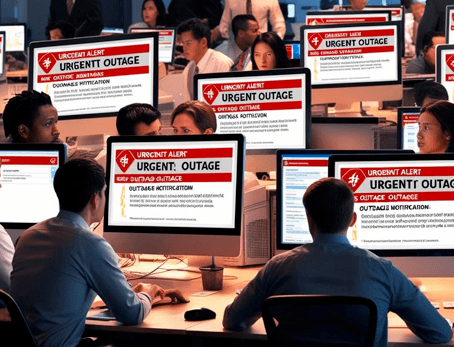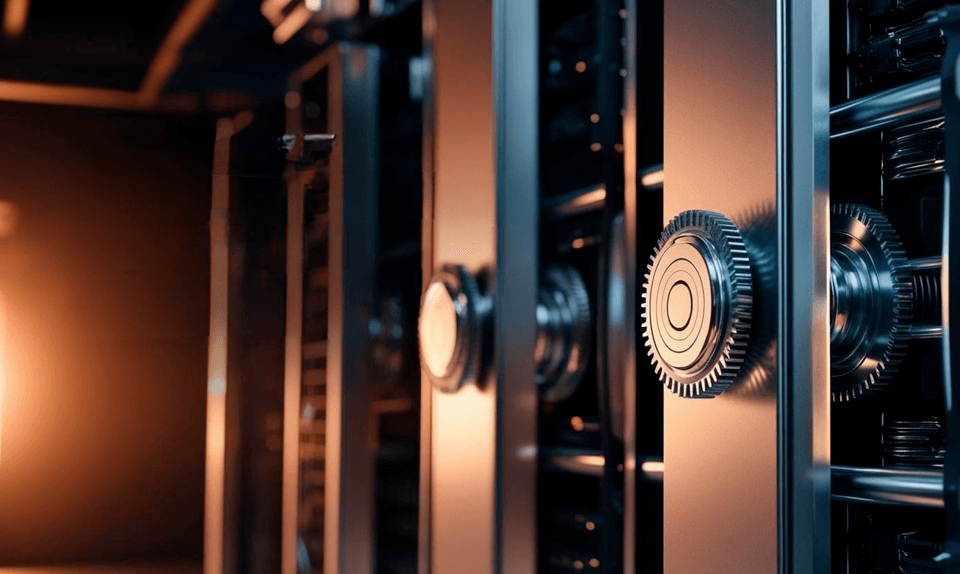As someone who has led infrastructure teams for over three decades, I’ve seen how burnout can silently erode even the strongest engineering organizations. Let me share some hard-earned insights on protecting your team while maintaining operational excellence.
Understanding Infrastructure Burnout
Infrastructure teams face unique pressures – they’re the backbone of operations, expected to maintain 24/7 availability while simultaneously driving innovation. This constant tension between stability and progress creates perfect conditions for burnout.


Creating Sustainable On-Call Rotations
The key to preventing burnout starts with how we structure on-call responsibilities:
– Implement “follow-the-sun” rotations where possible
– Ensure no engineer is on-call for more than one week at a time
– Build redundancy into the rotation to allow for true disconnection
– Use automation to reduce false alerts and unnecessary pages
Building Team Resilience
Resilience isn’t just about systems – it’s about people:
– Foster psychological safety where team members can express concerns
– Encourage regular time off and actually respect it
– Create clear escalation paths for complex issues
– Celebrate both successful firefighting and proactive prevention


Automation as a Burnout Prevention Tool
Strategic automation isn’t just about efficiency:
– Identify and automate repetitive tasks that drain team energy
– Build self-healing systems that reduce middle-of-night alerts
– Create clear documentation and runbooks for common issues
– Implement chaos engineering to build confidence in automated responses
Managing Workload Effectively
Workload management requires active leadership:
– Set realistic project timelines that account for operational overhead
– Create clear boundaries between project work and operational duties
– Monitor team capacity and be willing to say no to new initiatives
– Build in time for technical debt reduction and system improvements


Early Warning Signs
Learn to recognize burnout before it becomes critical:
– Increased cynicism or detachment from work
– Rising incident response times
– Declining code quality or documentation
– Decreased participation in team discussions
– Higher than normal PTO usage or sick days
Building Long-Term Sustainability
Creating sustainable infrastructure teams requires ongoing commitment:
– Invest in training and skill development
– Rotate responsibilities to prevent stagnation
– Create career growth paths that don’t require leaving operations
– Build partnerships with other teams to share the operational load

Remember: A burned-out team can’t deliver reliable infrastructure. Investing in your team’s wellbeing isn’t just good leadership – it’s good business.



